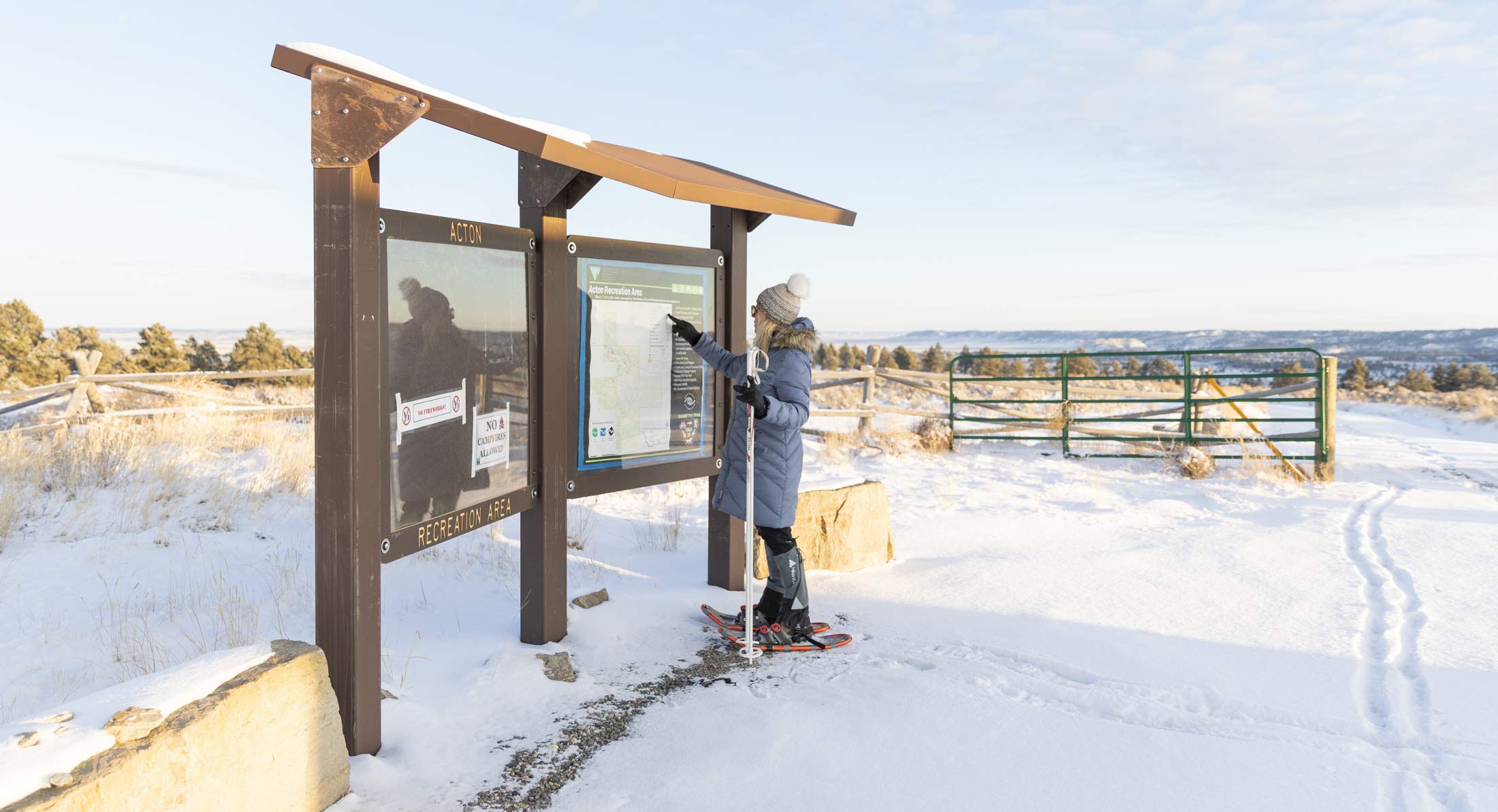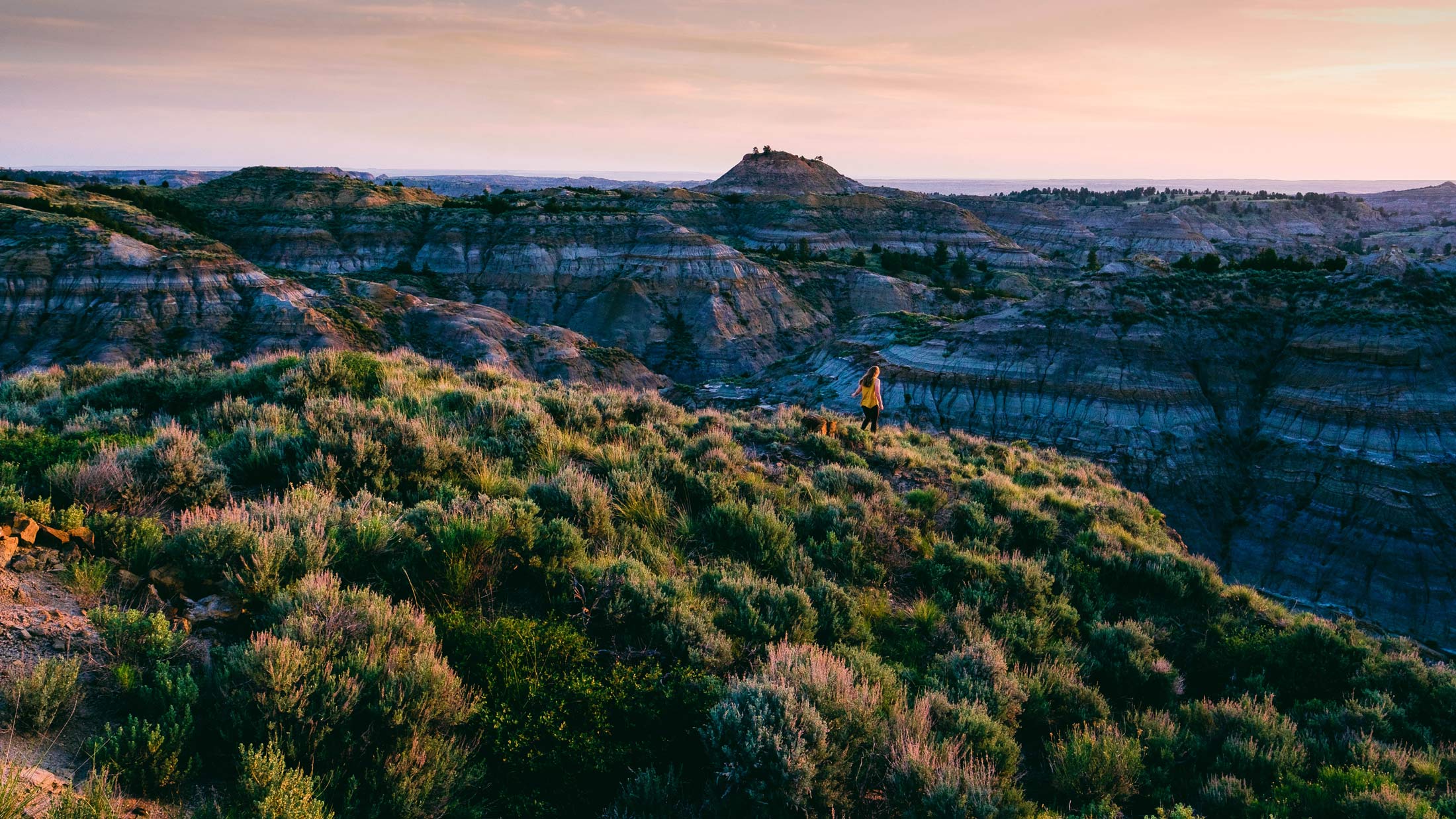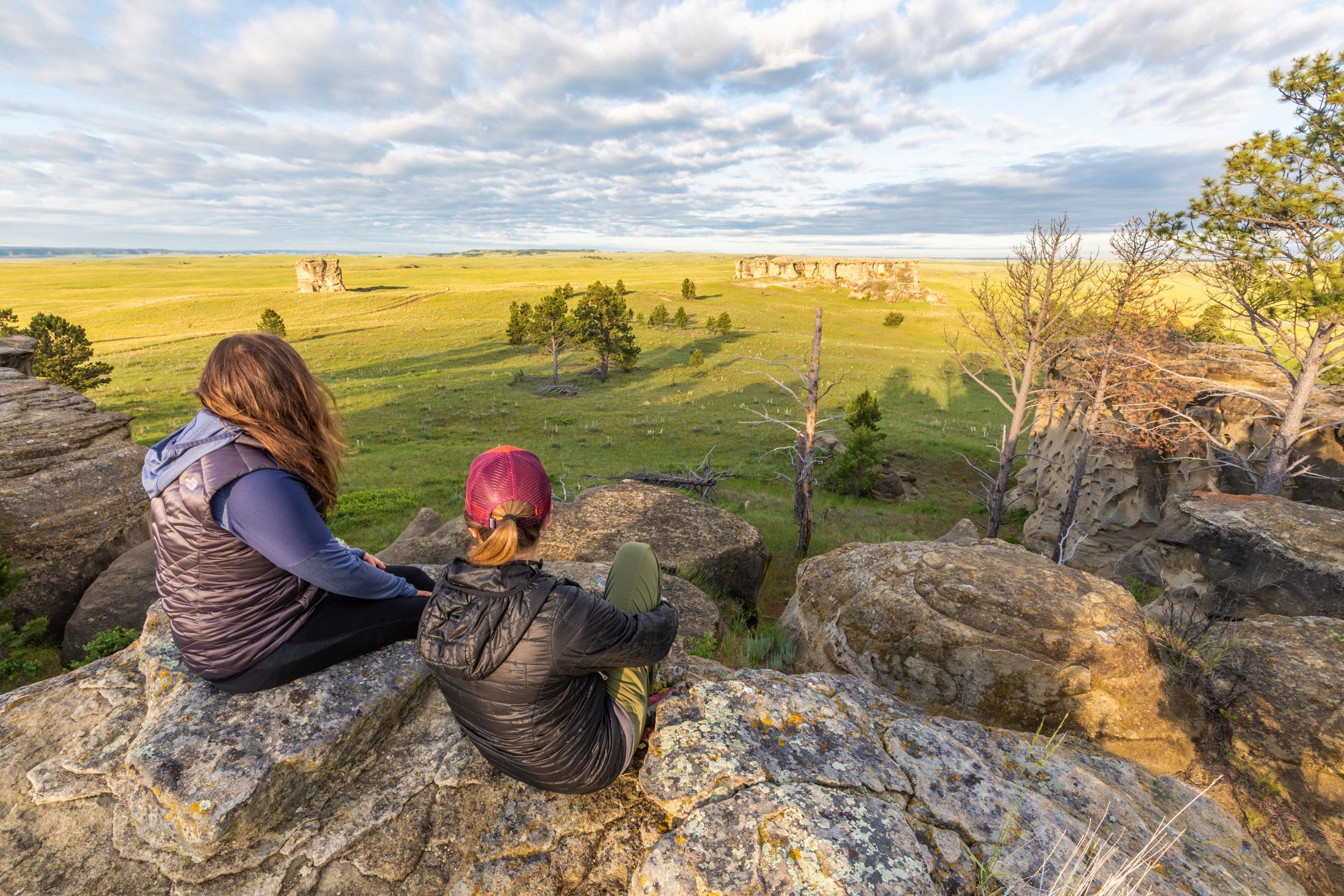Unearthing Treasures: Rockhounding for Agates in Eastern Montana
Eastern Montana, a land of vast prairies and rugged landscapes, holds hidden treasures waiting to be discovered along the shores of the mighty Yellowstone River. While the region boasts an array of rocks like jasper, petrified wood and quartz, one gem stands out among the rest—the Montana moss agate.
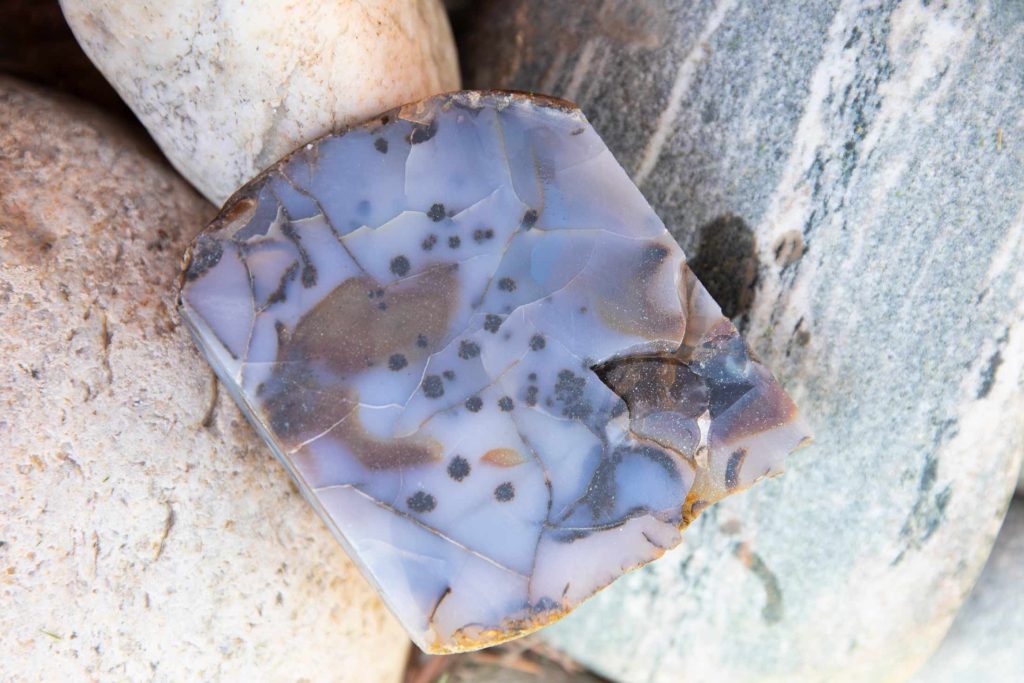
What is a Montana Moss Agate?
Formed over 60 million years ago during volcanic eruptions in what is now Yellowstone National Park, Montana moss agates are truly unique specimens. Their distinct appearance, ranging from clear to translucent blue-gray with intricate brown streaks and moss-like dendritic patterns, captivates rockhounds from around the world.
The Montana moss agate, created through eons of volcanic activity and mineral-rich waters, these agates exhibit a spectrum of colors, with the most common shades ranging from gray to red. The captivating patterns reminiscent of foliage and landscapes within the stones are attributed to ancient mineral-laden water seeping into tiny canals, leaving behind exquisite dendritic formations. Throughout history, agates have held a revered status, believed by many to possess healing properties and imbue strength. Understanding the genesis of Montana moss agate's colors involves delving into the complex structure of chalcedony and the role of various mineral inclusions, such as iron oxide and manganese oxide, which contribute to its vibrant palette. Ultimately, the allure of this agate lies not only in its captivating aesthetics but also in the geological narrative it embodies, showcasing the enduring artistry of nature's craftsmanship.
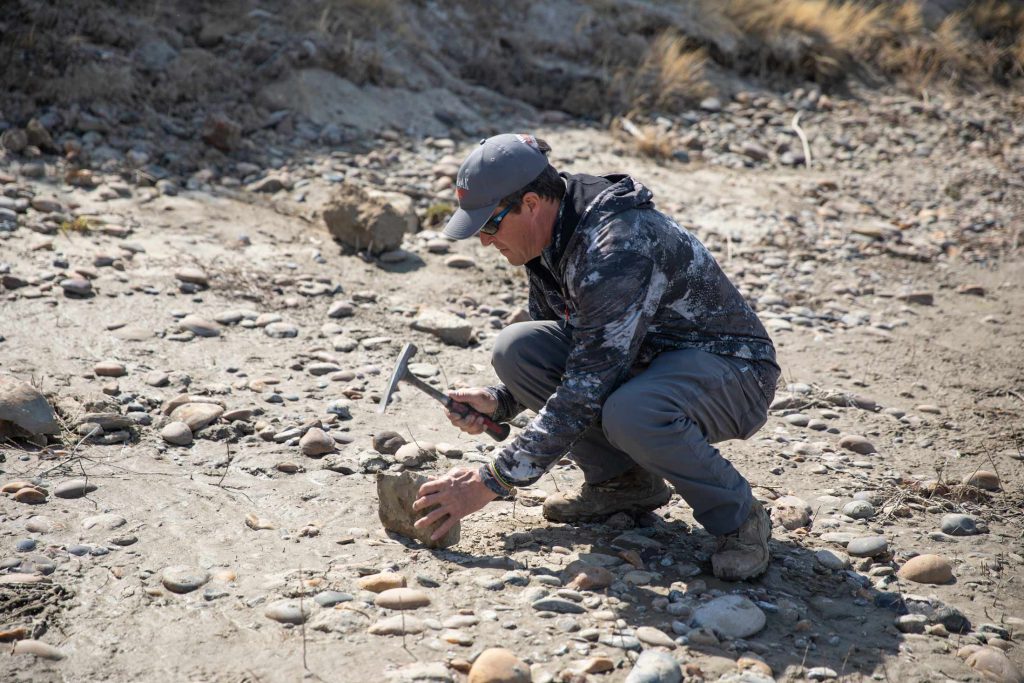
Where to start
For those embarking on a rockhounding adventure, the lower Yellowstone River offers prime hunting grounds. The best time to search for these prized agates is when the water level is low, typically in early spring before the ice melts or late fall when the river is at its lowest. Post rainstorm provides another good opportunity as the rain “rinses” the rocks, making the agates easier to spot.
But how does one distinguish an agate from the myriad rocks strewn along the riverbank? To the untrained eye, they may appear as nondescript stones, but with practice, identifying them becomes easier. Look for hints of translucency when held up to sunlight or use river water to wash the rocks and reveal their true beauty. Like most agate nodules they’ll either be potato-shaped or a bit irregular in formation.
As you embark on your rockhounding excursion, be prepared with essentials such as sunscreen, bug spray, sturdy footwear and a camera to capture the breathtaking scenery and wildlife that will be plenty.
If you're not inclined to DIY, local shops like Prairie Unique in Terry or offer an array of Montana moss agate jewelry and artwork for purchase, ensuring everyone can take home a piece of Southeast Montana's natural splendor.
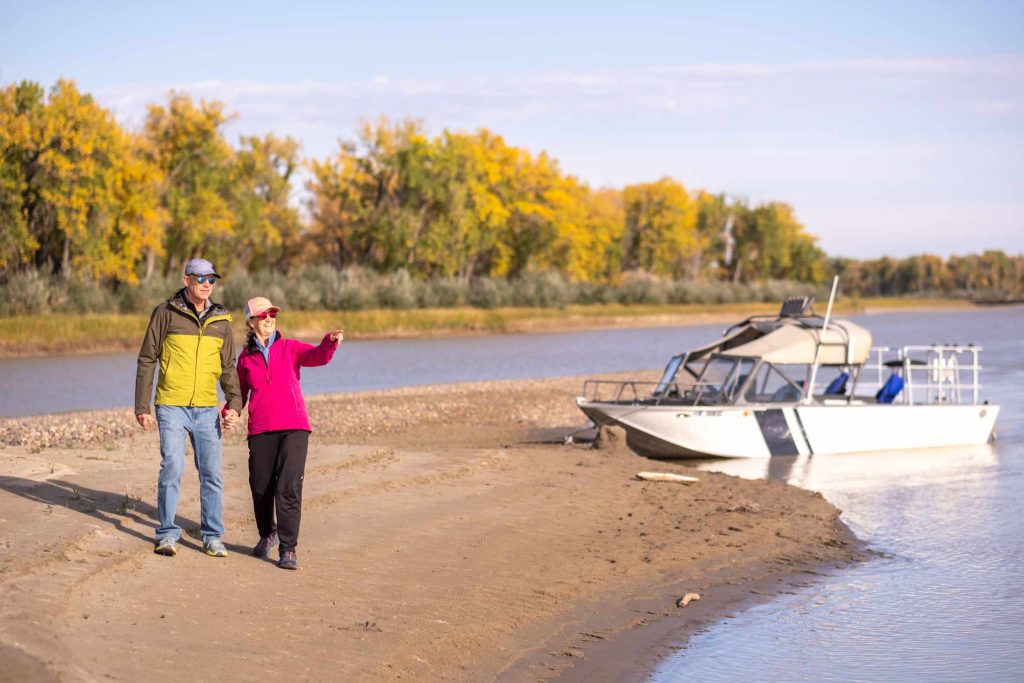
Tours
For those seeking guidance or a more structured experience, consider booking a tour. Having a customized agate and fossil boat tour offers a unique perspective and expert insight into the region's geological wonders. A tour provides hand on learning experience for all ages. We suggest Yellowstone River Adventures in Glendive or Montana Agate Shack in Forsyth.
Whether you're a total pro at rock hunting or just starting out, Southeast Montana's calling you to explore the lower Yellowstone River. Take a journey of discovery where every rock has a tale that's been brewing for millions of years.
More from our blog:

